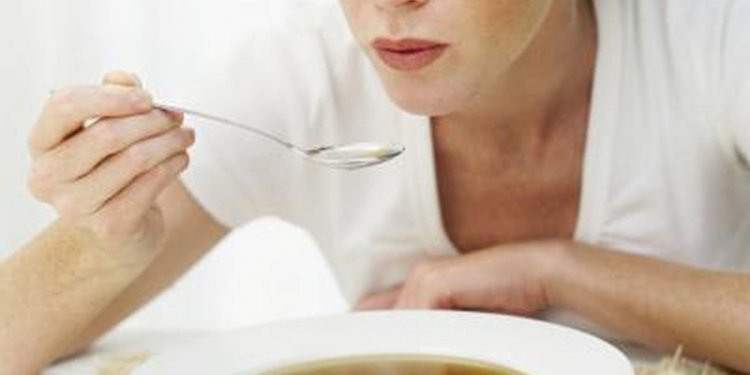
Calories count for Chicken
![]() Chicken tits tend to be a low-fat, high-protein food that will effortlessly be utilized in nearly every types of food. Boneless and skinless chicken tits are lower in calories and often consumed on a minimal carb diet. They truly are the most versatile proteins, taking on the taste of just about any seasoning, spices or marinades possible. Make use of boneless skinless chicken breast as a minimal calorie solution to add compound and surface to soups, stews, savory pastries and main entrees.
Chicken tits tend to be a low-fat, high-protein food that will effortlessly be utilized in nearly every types of food. Boneless and skinless chicken tits are lower in calories and often consumed on a minimal carb diet. They truly are the most versatile proteins, taking on the taste of just about any seasoning, spices or marinades possible. Make use of boneless skinless chicken breast as a minimal calorie solution to add compound and surface to soups, stews, savory pastries and main entrees.
A boneless, skinless chicken, weighing around 236 g, includes 270 calories. This makes up 13.5 % of your complete calories, centered on a 2, 000-calorie diet. Boneless, skinless chicken breasts are made up of 178 g water. Considering this, chicken breasts tend to be over 75 % liquid. Water is a calorie-free meals, that will help to help keep the full total fat content of chicken breasts low.
Boneless, skinless chicken breasts offer 6 g total fat per serving. Saturated fat is available obviously in animal items such as for example meat, chicken and dairy food. Most unwanted fat and saturated fat within chicken can be found in skin. Because of the epidermis removed, a boneless chicken contains only 1.3 g fats. The American Heart Association advises limiting over loaded fat intake to significantly less than 10 % of total daily calorie intake. On a 2, 000-calorie diet, curb your concentrated fat intake to 20 g.
Boneless and skinless chicken breasts have no carbs. Sugar is a type of carb. Chicken tits are a sugar-free meals besides. Eating boneless, skinless chicken breasts will likely not boost blood glucose levels.
The residual calories in boneless, skinless chicken breasts originate from protein. Each chicken white meat includes approximately 50 g of necessary protein. Per gram, necessary protein provides 4 calories. Based on this, associated with 270 calories within one chicken, 200 come from protein. Chicken, and also other meat, beans and soy products, are considered high-protein sources.

















